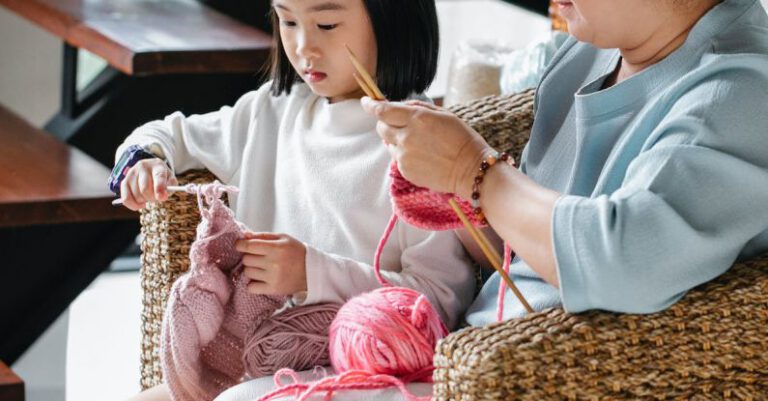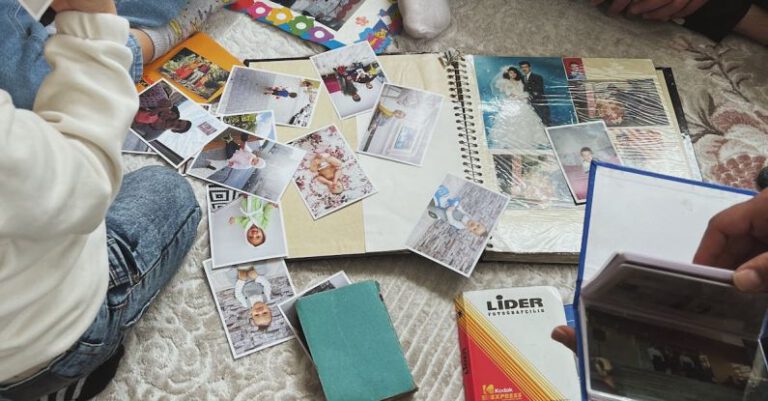How to Encourage Creativity in Your Children?
Creativity is a valuable skill that can benefit your child in many areas of life, from problem-solving to self-expression. As a parent, you have the power to nurture and encourage your child’s creativity. By providing the right environment and opportunities, you can help your children tap into their creative potential. Here are some effective strategies to encourage creativity in your children.
Create a Creative Environment
The first step in fostering creativity is to create an environment that is conducive to creative thinking. This includes providing a space where your child can freely express themselves without fear of judgment or criticism. Set up a designated area in your home for arts and crafts, writing, or any other creative activities your child enjoys. Make sure this space is well-stocked with art supplies, books, and materials that can inspire your child’s imagination. Encourage your child to spend time in this creative space regularly, and make it a point to participate in their creative endeavors.
Encourage Open-Ended Play
Open-ended play is essential for nurturing creativity in children. Unlike structured play, which follows a specific set of rules, open-ended play allows children to explore and create on their own terms. Provide your child with open-ended toys such as building blocks, art materials, or dress-up costumes. These toys encourage imagination and problem-solving skills, as there are no right or wrong ways to play with them. Encourage your child to use their imagination and come up with their own ideas during playtime.
Support Divergent Thinking
Divergent thinking is the ability to generate multiple solutions or ideas from a single problem or question. This type of thinking is at the core of creativity. Encourage your child to think outside the box and explore various perspectives. Ask open-ended questions that require creative thinking, such as “What other ways can you use this object?” or “How would you solve this problem differently?” By supporting divergent thinking, you are helping your child develop their creative problem-solving skills.
Expose Them to a Variety of Experiences
Exposing your child to a wide range of experiences can help stimulate their creativity. Take them to art galleries, museums, or cultural events where they can see different forms of creativity in action. Encourage them to try new activities or hobbies, such as music lessons, dance classes, or sports. Exposing your child to different experiences not only broadens their horizons but also inspires them to think creatively and explore different forms of self-expression.
Model Creativity
Children learn by example, and one of the most effective ways to encourage creativity is to model it yourself. Engage in creative activities in front of your child, whether it’s painting, writing, or cooking. Demonstrate your own passion for creativity and talk about how it makes you feel. By showing your child that you value and enjoy creative endeavors, you are instilling in them a love for creativity. Additionally, don’t be afraid to be silly or take risks during creative activities. This will show your child that it’s okay to make mistakes and encourages them to take creative risks themselves.
Celebrate and Display Their Creations
Lastly, celebrate and display your child’s creations. Whether it’s a drawing, a poem, or a craft project, make sure to acknowledge and appreciate their efforts. Display their artwork on the fridge or create a gallery wall in their room. Celebrate their creativity by sharing their work with friends and family. The more you value and celebrate their creations, the more confident and motivated they will become to explore their creativity further.
In conclusion, creativity is an essential skill that can be nurtured and encouraged in children. By creating a creative environment, supporting open-ended play, fostering divergent thinking, exposing them to a variety of experiences, modeling creativity, and celebrating their creations, you can help your child unlock their creative potential. Embrace their unique ideas and provide the necessary tools and encouragement for them to explore and express themselves creatively. By doing so, you are setting the stage for a lifetime of creative thinking and problem-solving.






